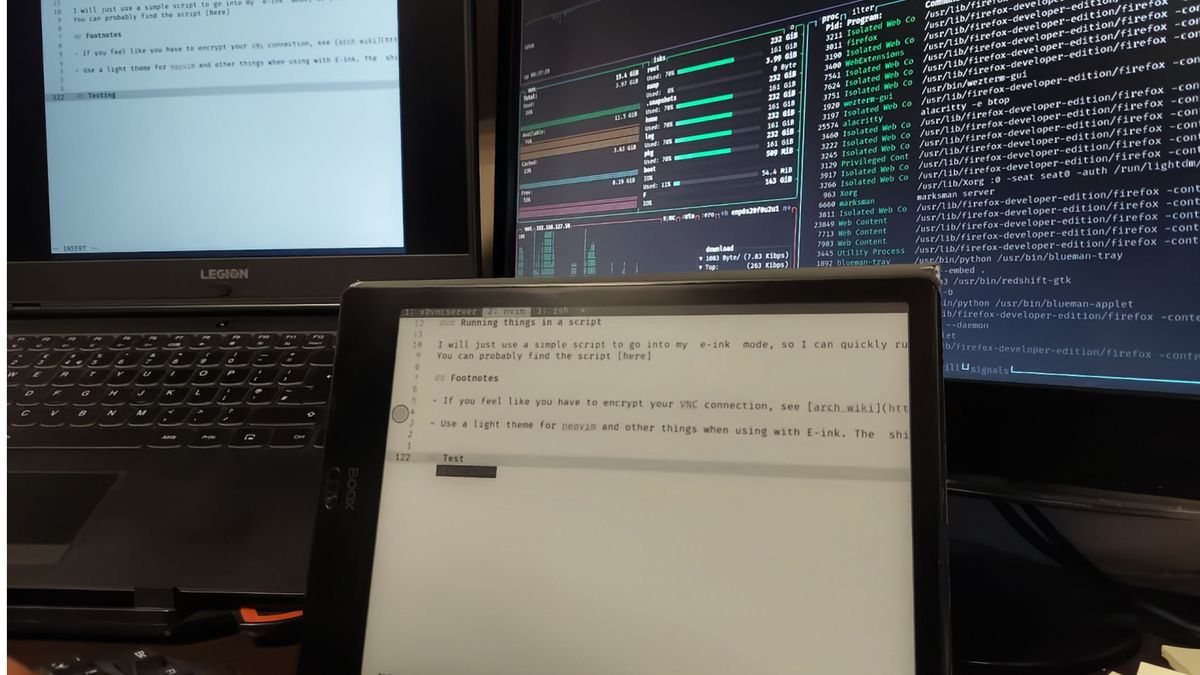A recently launched Russian satellite is getting uncomfortably cozy with a U.S. reconnaissance satellite, leading Space Command to worry that it’s part of an anti-satellite weapon being deployed to orbit.
Cosmos 2588 launched on May 23 to a near-circular orbit, placing it eerily close to a U.S. reconnaissance satellite, USA 338. The move prompted suspicion that it’s an attempt by Russia to deliberately stalk the U.S. government satellite. This isn’t the first time Russia has deployed a sneaky satellite to trail behind and allegedly observe another satellite in orbit, but this time it may be connected to Russia’s controversial anti-satellite program.
“U.S. Space Command can confirm Russia’s recent launch put a Russian satellite into an orbit near a U.S. government satellite,” a Space Command spokesperson is quoted as saying to Breaking Defense. “Russia continues to research, develop, test, and deploy a suite of counter space systems that threaten the safety and the stability of the domain, so consistent with all on-orbit objects, USSPACECOM will continue to monitor for concerning behavior or activity related to this launch.”
Slingshot Aerospace reports that the alleged spy satellite, Cosmos 2588, is a NIVELIR military inspection satellite likely carrying a kinetic weapon onboard. Its alignment with USA 338 “strongly suggests COSMOS 2588 may be actively monitoring or ‘chasing’ it,” the satellite tracking company wrote in a statement.
Slingshot Aerospace has been tracking the two satellites, revealing that Cosmos 2588 is orbiting at a slightly higher altitude and that the two objects will have a close flyby of one another roughly every four days. The two satellites come as close as 62 miles (100 kilometers) from one another, Marco Langbroek, an astronomer and expert on space situational awareness at the Delft University of Technology in the Netherlands, wrote on X.
Not much else is known about USA 338 as it doesn’t have publicly available orbital data, but it is believed to be a part of the National Reconnaissance Office’s KH-series electro-optical surveillance network, known as the Crystal constellation, according to Interesting Engineering.
This isn’t the first time Russia has allegedly deployed a satellite for such a purpose. In April 2023, a Russian satellite appeared to be closely trailing a classified U.S. military satellite, and Russia’s Kosmos 2558, launched in August 2022, was deployed into the same orbital plane as a U.S. military satellite, dubbed USA 326. In 2020, another Russian satellite, Kosmos 2542, stalked USA 245, an electro-optical spy satellite in low Earth orbit.
The U.S. isn’t completely innocent either. In June 2017, classified U.S. military satellite USA 276 snuck up on the International Space Station at a close distance of about 4 miles (6.4 kilometers). Earlier in 1998, hobbyists discovered a U.S. satellite that was believed to have been used for space spying purposes as well.
Russia’s satellites, however, are believed to be part of the country’s efforts to develop an anti-satellite weapon designed to destroy other objects in space. In November 2021, Russia destroyed a defunct Soviet-era satellite in low Earth orbit, producing thousands of pieces of orbital debris. The test prompted the United Nations to draft a resolution against tests of anti-satellite (ASAT) missile systems, which was led by the Biden administration after the U.S. adopted a self-imposed ban on ASAT tests. A total of 155 countries voted in favor of the resolution, while nine voted against it, including Russia, China, Cuba, Syria, and Iran.
“This is the fourth time in five years that they launch a satellite into a coplanar orbit with a US optical reconnaissance satellite,” Langbroek wrote on X. “So no, not mere coincidence but deliberate.”









 English (US) ·
English (US) ·